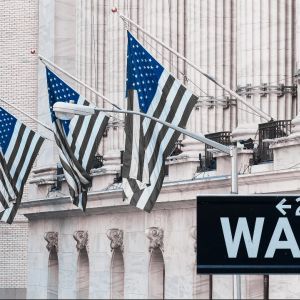Coinbase launches regulated alternative to offshore crypto perpetuals
2 min read
Offshore perpetuals come with counterparty risk, custody concerns, and regulatory uncertainty. Coinbase’s new U.S.-based alternative offers leverage without the baggage, bringing a potential game-changer for cautious but yield-hungry traders. In an a nnouncement on June 26, crypto exchange Coinbase revealed plans to launch U.S. Perpetual-Style Futures on its derivatives platform—marking one of the first regulated attempts to replicate the functionality of offshore perpetual contracts. Slated for a July 21 rollout, the products will feature nano-sized Bitcoin ( BTC ) and Ethereum ( ETH ) futures with an unusually long five-year expiration, coupled with a funding rate mechanism to maintain alignment with spot prices. Unlike traditional quarterly futures, these contracts will trade 24/7, accrue funding hourly, and settle twice daily. The structure is designed to appeal to both retail and institutional traders seeking perpetual-like exposure without the legal gray areas of offshore venues. You might also like: Judge rejects SEC, Ripple motion on XRP sales and $125m penalty A regulated answer to an offshore dominated market Coinbase’s move is a strategic play to capture a market that has, until now, existed largely in regulatory limbo. Perpetual futures dominate crypto trading globally, accounting for nearly 93% of all crypto derivatives volume, according to Cornell research. Yet U.S. traders have been locked out of this liquidity, forced to either accept clunky, expiration-bound contracts or take their business to offshore exchanges like Bybit and Binance, where regulatory oversight is minimal and counterparty risk remains high. With its new five-year expiring contracts, Coinbase is attempting to repackage the perpetual model in a way that fits within U.S. legal parameters. Unlike traditional futures, which reset quarterly and often drift from spot prices, Coinbase’s contracts apply hourly funding payments to tether positions closely to market rates. Traders pay or receive funding every 12 hours based on long or short positioning, a system borrowed from offshore perpetuals but streamlined for U.S. compliance. The nano sizing (0.01 BTC and 0.10 ETH) lowers the barrier to entry, appealing to retail traders who might otherwise avoid futures entirely. Critically, the five-year expiration is a nod to long-term holders. Most crypto derivatives require rollovers every few months, creating friction for multi-year strategies. By minimizing expiration pressure, Coinbase is betting that traders will prefer holding these contracts over juggling quarterly expiries or risking exposure on offshore platforms. If successful, Coinbase’s initiative could pressure rivals to launch similar hybrid instruments, reshaping the U.S. crypto derivatives landscape. Read more: Kraken’s Krak aims for the pain points of PayPal, Venmo, and Cash App

Source: crypto.news



